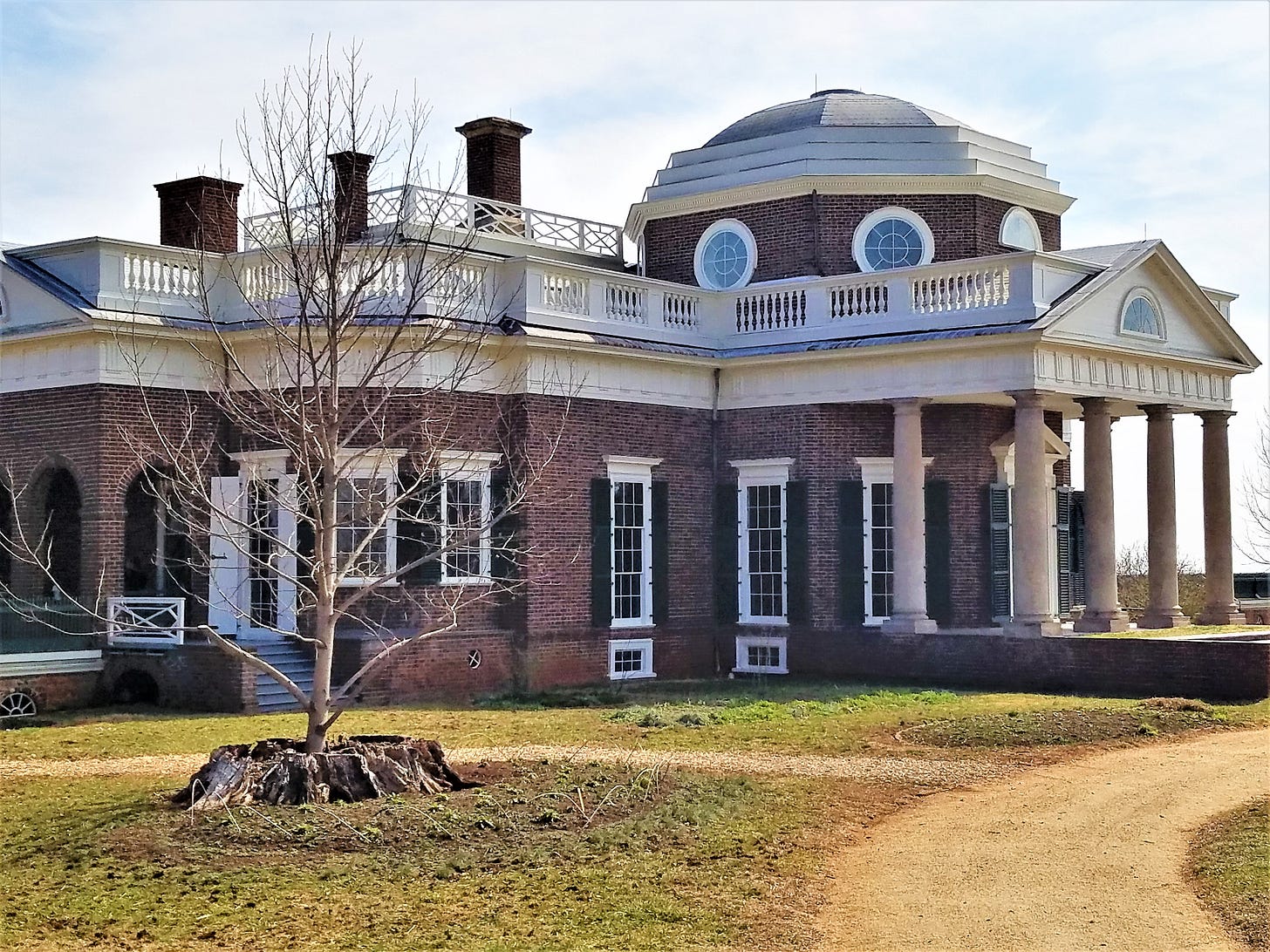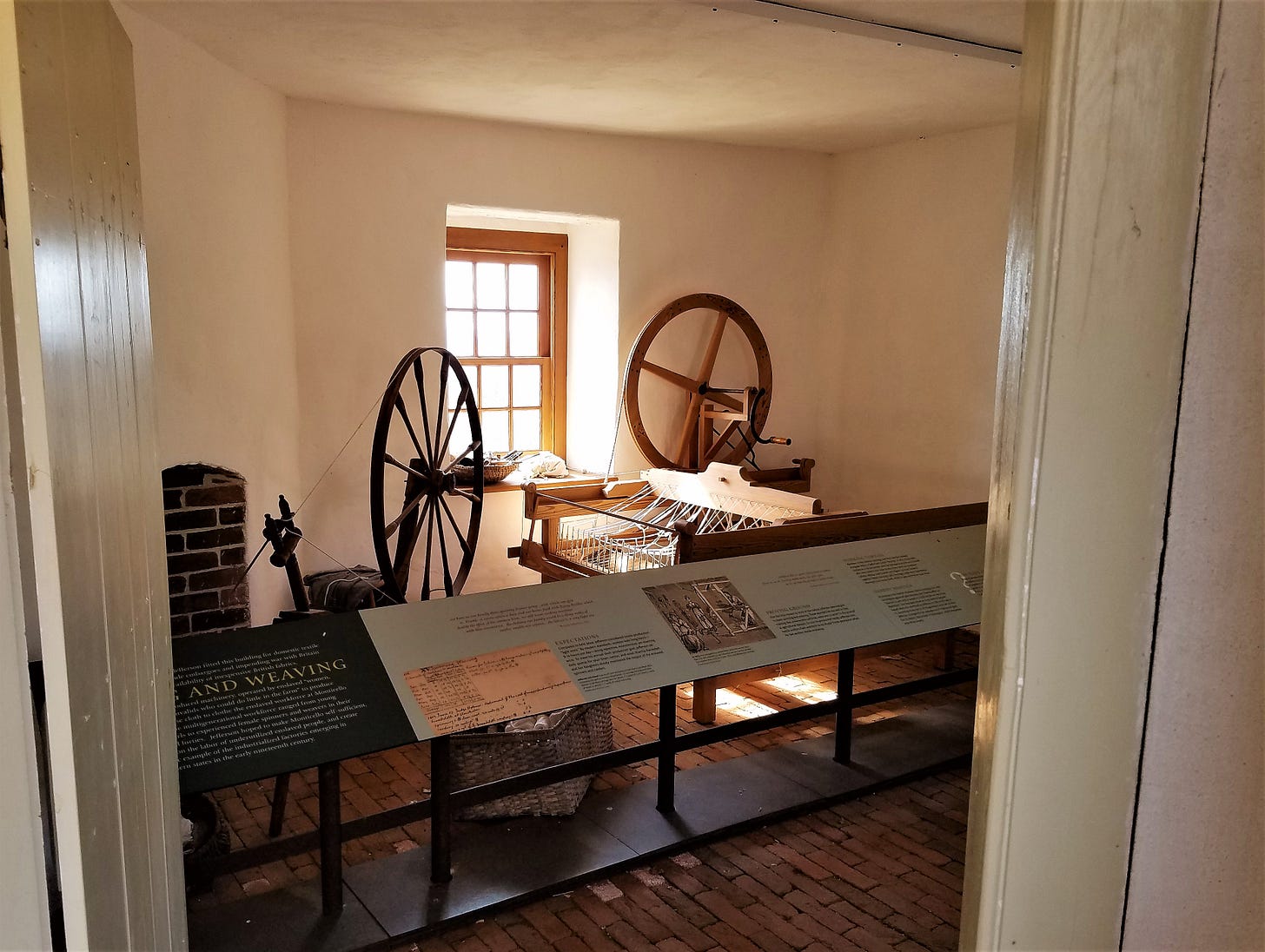Monticello, the home of our third president Thomas Jefferson, is a house I visited a few years ago but never wrote about on my Past Lane Travels blog. I was posting about Jefferson Rock today in Harpers Ferry, WV, which reminded me of my winter visit to Jefferson’s home in Charlottesville, Va.
Here are a few of the photos from the inside and the outside, as well as a quick overview. I hope you enjoy!
A Peek Inside Monticello
Located in Charlottesville, Va., Monticello is the former home of Thomas Jefferson, who designed the house and many of its features.
The house features a central dome, which is a signature feature of Palladian architecture. The “dome room” is an octagonal parlor that is painted yellow and adorned with windows, allowing natural light to flood into the center of the house.
Each wall has a circular window, and the oculus, or top, of the dome has a window made of thick, blown glass.
There are 43 rooms in the house encompassing 11,000 square feet.
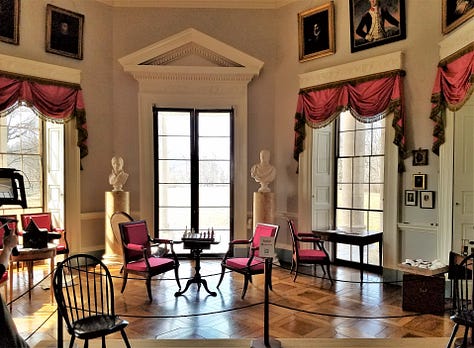


Thomas Jefferson’s Sleeping Quarters
I think the most interesting thing I learned during my tour of Monticello was that Jefferson built an alcove bed into a wall between his office and the adjoining room, which could be accessed from either side.
He said of his nightly habits: "I never go to bed without an hour, or half hour's previous reading of something moral, whereon to ruminate in the intervals of sleep."
The Views
The views at Monticello are even more impressive than the house. It’s easy to see why Jefferson chose this as his homesite.
The pictures below were taken along what is known as Mulberry Row. This was once the hub of the 5,000-acre plantation, with 25 homesites, sheds and workshops.
Located here would have been spinners, weavers, carpenters, gardeners, blacksmiths, stablemen, nail makers and joiners. This population would have been made up of enslaved people, free blacks, and free and indentured white servants.

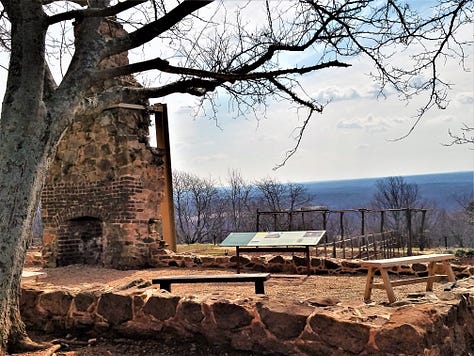
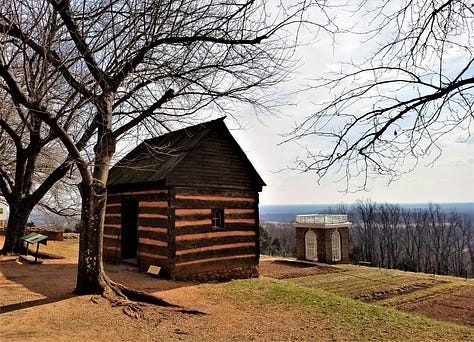
The house is situated on a hilltop, which provides breathtaking panoramic views of the surrounding Blue Ridge Mountains and the rolling hills of Virginia's Piedmont region.
Of course, Jefferson designed the house to take advantage of the natural beauty of the surrounding landscape.
The Monticello estate also includes a number of gardens that were designed by Jefferson, featuring a mix of ornamental and functional plants, including flowers, fruits, and vegetables.
(I need to visit in the spring or summer instead of the winter).
The Trees
Of course, I have to mention the trees. Magnificent. Stately. And old.


I hope you enjoyed this short picture-tour of Monticello. I plan to write a full post on Past Lane Travels.
Until next time!
Jessica James
Jessica James is an award-winning historical fiction author and travel blogger.




